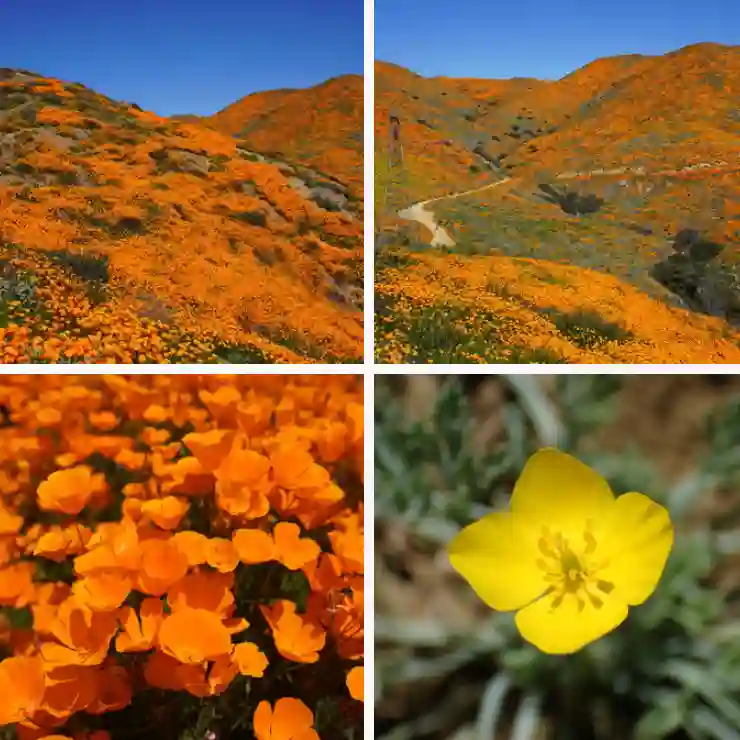
What is Camellia sinensis?
Camellia sinensis is a species of evergreen shrub whose leaves and leaf buds are used to produce tea. Originating in East Asia, it is the primary plant used for tea production worldwide, including popular types like green, black, white, and oolong teas.
230 Species in Genus Camellia
How to Grow Camellia sinensis?
Growing Camellia sinensis requires well-drained, acidic soil and a location with partial shade. It thrives in climates with ample rainfall and cool temperatures. Planting should be done in early spring, ensuring the plant is well-watered, especially during dry periods.
Where to Buy Camellia sinensis?
You can purchase Camellia sinensis plants or seeds from various nurseries, garden centers, and online retailers. Reputable sources include specialized tea plant nurseries, botanical gardens, and well-reviewed online platforms like Amazon, Etsy, and dedicated horticultural websites.
What Teas Come from Camellia sinensis?
All true teas, including green, black, white, oolong, and pu-erh teas, come from Camellia sinensis. The differences in tea types arise from variations in processing methods, oxidation levels, and sometimes growing conditions.
Can You Grow Camellia sinensis Indoors?
Yes, you can grow Camellia sinensis indoors. It requires a large pot with well-drained, acidic soil and a bright location that receives indirect sunlight. Regular watering and maintaining high humidity levels are crucial for its indoor cultivation.
Does Camellia sinensis Have Caffeine?
Yes, Camellia sinensis contains caffeine. The caffeine content varies depending on the type of tea produced and the processing method. Generally, black and oolong teas have higher caffeine levels compared to green and white teas.
How Long Does Camellia sinensis Take to Grow?
Camellia sinensis plants take about three years to mature and become harvestable. However, optimal tea production typically occurs after five years, with the plant reaching full maturity and maximum yield potential.
How to Germinate Camellia sinensis Seeds?
To germinate Camellia sinensis seeds, soak them in water for 24 hours. Then, plant the seeds in a well-draining, acidic potting mix, covering them lightly with soil. Keep the soil moist and maintain a temperature of around 70°F (21°C). Germination can take several weeks to a few months.
How to Propagate Camellia sinensis?
Camellia sinensis can be propagated through seeds, cuttings, or air layering. For cuttings, select semi-hardwood stems, dip them in rooting hormone, and plant them in a well-draining mix. Keep the cuttings moist and in a humid environment until roots develop.
Is Camellia sinensis Good for Skin?
Camellia sinensis has numerous benefits for the skin. Its antioxidant properties help protect the skin from damage, reduce inflammation, and promote healing. It is commonly found in skincare products for its anti-aging and moisturizing effects.
Is Camellia sinensis the Same as Chamomile?
No, Camellia sinensis is not the same as chamomile. Camellia sinensis is the plant used to produce tea, while chamomile is a herb used to make a caffeine-free herbal infusion known for its calming properties.
What is Camellia sinensis Good For?
Camellia sinensis is good for a variety of uses. It’s primarily valued for its leaves used in tea production, which offers numerous health benefits such as improved cardiovascular health, enhanced mental alertness, and potential weight management properties due to its antioxidant content.
Camellia sinensis vs Assamica
Camellia sinensis var. sinensis and Camellia sinensis var. assamica are two main varieties. The sinensis variety is typically used for Chinese teas and has smaller leaves, while the assamica variety, used for Indian Assam tea, has larger leaves and thrives in warmer climates.
Camellia sinensis vs Camellia Japonica
Camellia sinensis is used for tea production, whereas Camellia Japonica is an ornamental plant known for its beautiful flowers. While both belong to the same genus, they serve different purposes and have distinct growing requirements.
Camellia sinensis vs Camellia oleifera
Camellia sinensis and Camellia oleifera are different species. Camellia oleifera is cultivated primarily for its seeds, which produce tea seed oil, a valuable cooking and cosmetic oil. In contrast, Camellia sinensis is cultivated for its leaves used in tea production.
Camellia sinensis vs Green Tea
Camellia sinensis is the plant from which green tea is made. Green tea is produced by harvesting the leaves of Camellia sinensis and quickly steaming or pan-firing them to prevent oxidation, preserving their green color and health benefits.
Camellia sinensis vs Matcha
Matcha is a type of green tea made from Camellia sinensis. The leaves are shade-grown, hand-picked, steamed, and ground into a fine powder. Matcha offers concentrated health benefits compared to regular green tea due to the whole leaf being consumed.
What to Plant with Camellia sinensis?
Companion plants for Camellia sinensis include other acid-loving plants like azaleas, rhododendrons, and gardenias. These plants thrive in similar soil conditions and can enhance the overall garden aesthetic while promoting a healthy growing environment for your tea plants.
Camellia sinensis is a versatile and valuable plant, offering a range of uses from tea production to skincare. Whether you’re an avid gardener or a tea enthusiast, understanding how to grow and care for this plant can provide both enjoyment and health benefits.
If i die, water my plants!



